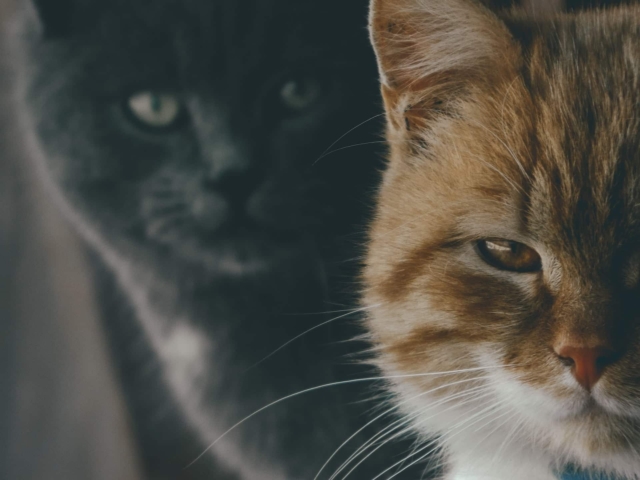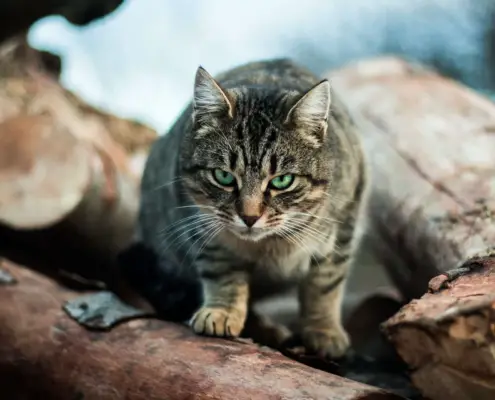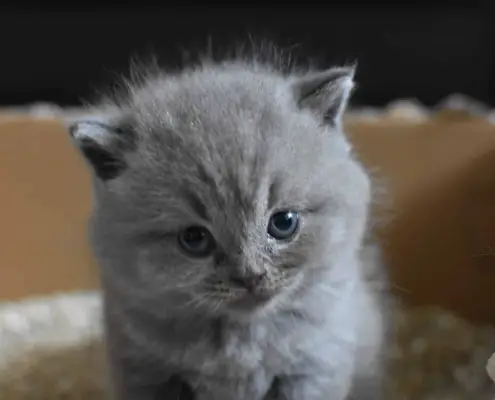
Feline species, also known as cats, have intrigued and captivated humans for centuries. From the majestic and powerful tigers roaming the wild to the adorable and cuddly domesticated cats that we keep as pets, the world of feline species is diverse and fascinating. These creatures have adapted to various habitats and developed unique characteristics that make them truly remarkable. In this article, we will explore the wide range of feline species on Earth, from the smallest to the largest, and discover their incredible traits.
Understanding the classification of feline species
To truly appreciate the diversity of feline species, it is important to understand how they are classified. Feline species belong to the family Felidae, which is further divided into two subfamilies: Pantherinae and Felinae. The Pantherinae subfamily includes big cats such as tigers, lions, leopards, and jaguars, while the Felinae subfamily consists of smaller wild cats like bobcats, lynxes, and ocelots. Additionally, there are domesticated cats that have been bred for thousands of years and have become companions to humans.
How many species of cats are there?
The exact number of feline species is a topic of debate among experts. According to the International Union for Conservation of Nature (IUCN), there are currently 40 recognized species of wild cats. This number may vary as new discoveries are made and genetic research advances. It is important to note that the classification of feline species is a complex process that takes into account various factors, including physical characteristics, genetic makeup, and behavioral traits.
Differentiating between wild and domesticated cats
One of the most significant distinctions between wild and domesticated cats is their behavior and relationship with humans. Wild cats are independent and self-sufficient, relying on their hunting skills to survive. They have adapted to diverse habitats, from the dense forests to the arid deserts, showcasing their incredible resilience. In contrast, domesticated cats have been selectively bred for specific traits and have developed a close bond with humans over thousands of years. They rely on humans for food, shelter, and companionship.
Lesser-known feline species and their unique characteristics
While tigers, lions, and domesticated cats are well-known feline species, there are many lesser-known species that deserve recognition. The clouded leopard, for example, is a beautiful cat found in Southeast Asia. It is known for its striking coat pattern and ability to climb trees with agility. The fishing cat, found in South and Southeast Asia, has adapted to a semi-aquatic lifestyle and is an excellent swimmer. The serval, native to Africa, has long legs and large ears, enabling it to hunt rodents in tall grass. These lesser-known feline species showcase the incredible diversity and adaptability within the feline family.
Conservation efforts for endangered feline species
Unfortunately, many feline species are endangered due to habitat loss, poaching, and human encroachment. Conservation organizations around the world are working tirelessly to protect and preserve these species. Efforts include establishing protected areas, implementing anti-poaching measures, and raising awareness about the importance of feline conservation. It is crucial for humans to recognize the value of these magnificent creatures and take action to ensure their survival for future generations.
The impact of human activities on feline populations
Human activities have had a profound impact on feline populations worldwide. Deforestation, for example, destroys the natural habitats of many feline species, forcing them into smaller and more fragmented areas. This can lead to increased competition for resources and a higher risk of inbreeding. Additionally, illegal wildlife trade and poaching pose a significant threat to feline species, particularly those with valuable fur or body parts. It is essential for humans to consider the consequences of their actions and strive for a more sustainable coexistence with these animals.
The role of feline species in ecosystems
Feline species play a vital role in maintaining the balance of ecosystems. As predators, they help control populations of prey species, preventing overpopulation and ecosystem degradation. For example, the presence of tigers in the forests of Asia helps regulate the population of herbivores, ensuring a healthy and diverse ecosystem. Domesticated cats also contribute to ecosystems by controlling rodent populations in urban and rural areas. The absence of feline species can have cascading effects on entire ecosystems, highlighting the importance of their conservation.
Fascinating facts about feline species
Did you know that a domesticated cat’s purring can have a therapeutic effect on humans? The frequency of their purring has been shown to promote relaxation and reduce stress levels. Additionally, wild cats have incredible hunting abilities, with some species able to leap more than 30 feet in a single jump! Feline species also have unique adaptations, such as retractable claws that enable them to climb trees and catch prey efficiently. These fascinating facts only scratch the surface of the wonders of feline species.
Appreciating the beauty and diversity of feline species
From the powerful tigers to the graceful leopards and the playful domesticated cats, feline species are an integral part of our planet’s biodiversity. Their unique characteristics, adaptability, and important role in ecosystems make them truly remarkable creatures. Understanding and appreciating the diverse range of feline species can help us develop a deeper connection with the natural world and inspire us to take action to protect and preserve these incredible animals for generations to come.
If you enjoyed my article, I would appreciate you sharing it with your network.

Sima Ndlebe
Sima writes for CatBuzz. He is interested in Cats, Health and Fitness, and Entrepreneurship.
Published: 15 May 2024



